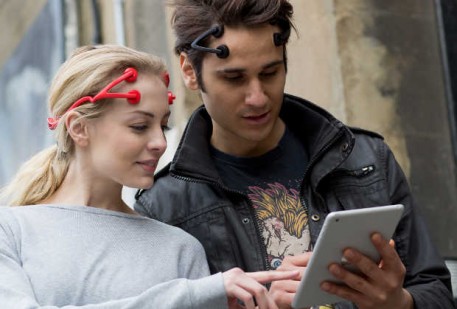 On his Neuroethics & Law Blog, editor Adam Kolber has convened its first online book symposium. His guest bloggers, who include CLBB faculty member Amanda Pustilnik, will discuss the recently published Minds, Brains, and the Law by Michael Pardo and Dennis Patterson.
On his Neuroethics & Law Blog, editor Adam Kolber has convened its first online book symposium. His guest bloggers, who include CLBB faculty member Amanda Pustilnik, will discuss the recently published Minds, Brains, and the Law by Michael Pardo and Dennis Patterson.
In her post, Pustilnik focuses on questions taken up in the book on whether neuroscience could be used to answer normative questions about responsibility, in legal and criminal settings. For example, could brain scans be used to identify a distinct neural signature for diminished capacity? Highlighting the differences between social (i.e., law) and natural (i.e., neuroscientific) categories, Pustilnik argues that answers to particular normative problems can’t be directly resolved by “looking in the brain.” However, she does think that psychiatry and neuroscience have an important role to play in elucidating empirical impairments for those normative states, and in communicating to law and society what we could reasonably expect from people with those impairments. Read Pustilnik’s post “Norms & Neurons” below.
Michael Pardo and Dennis Patterson have written a Big Book, an ambitious book, on the relationship between neuroscience and law. Minds, Brains, and Law: The Conceptual Foundations of Law and Neuroscience is the book, or at least one of the books, that the field of law and neuroscience has needed. To say that neuroscience is or even could be relevant to law rests on important presuppositions about the relationship between brain and mind, the nature of mind, the nature and purposes of law, and the relationship between mind and law. The theoretical and epistemological underpinnings of these enterprises remain under-examined in law and neuroscience scholarship. This is not because authors in the field are philosophically naïve – far from. Rather, it is because of the richness of the material and the newness of the field. There is much work to be done, and there will be for some time.
P&P great contribution with this work to law and neuroscience scholarship is to offer a non-reductionist argument for the possibility of a meaningful interrelationship between neuroscience and law. While accepting the materialist premise (there is no ghost in the machine), P&P take aim at a form of reductionism, eliminative materialism, that lies at the heart of much law & neuroscience scholarship. In so doing, they offer a strong case for the need to understand brains not as the fundamental unit of analysis and bearers of meaning but as components both in and shaped by an integrated system of signs and meanings. To take possibly unjustified poetic license with their work: Our astrocytes are as stars that live as much in the nomos as in the cosmos.
Read the full post here, on the Neuroethics & Law Blog.
 While brain science has helped to characterize many aspects of the human experience, there is no consensus about whether it could also be used to help address some of society’s “big” problems.
While brain science has helped to characterize many aspects of the human experience, there is no consensus about whether it could also be used to help address some of society’s “big” problems.





